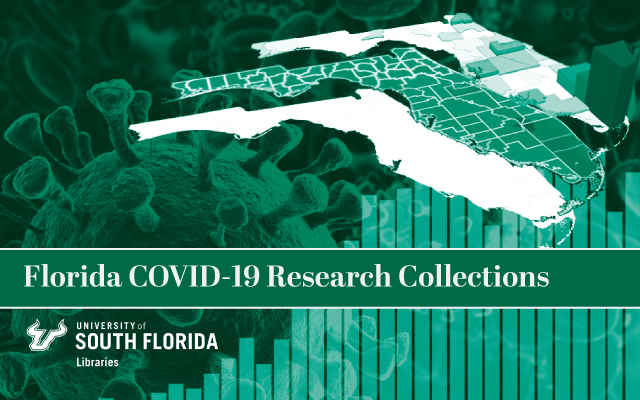
All publications
An Exploration of the SARS-CoV-2 Spike Receptor Binding Domain (RBD) – A Complex Palette of Evolutionary and Structural Features
Document Type
Article
Publication Date
6-2020
DOI
https://doi.org/10.1101/2020.05.31.126615
Abstract
SARS-CoV-2 spike protein (S) is associated with the entry of virus inside the host cell by recruiting its loop dominant receptor binding domain (RBD) and interacting with the host ACE2 receptor. Our study deploying a two-tier approach encompassing evolutionary and structural analysis provides a comprehensive picture of the RBD, which could be of potential use for better understanding the RBD and address its druggability issues. Resorting to an ensemble of sequence space exploratory tools including co-evolutionary analysis and deep mutational scans we provide a quantitative insight into the evolutionarily constrained subspace of the RBD sequence space. Guided by structure network analysis and Monte Carlo simulation we highlight regions inside the RBD, which are critical for providing structural integrity and conformational flexibility of the binding cleft. We further deployed fuzzy C-means clustering by plugging the evolutionary and structural features of discrete structure blocks of RBD to understand which structure blocks share maximum overlap based on their evolutionary and structural features. Deploying this multi-tier interlinked approach, which essentially distilled the evolutionary and structural features of RBD, we highlight discrete region, which could be a potential druggable pocket thereby destabilizing the structure and addressing evolutionary routes.
Citation / Publisher Attribution
bioRxiv, June 4, 2020, art. 126615
Scholar Commons Citation
Sanyal, Dwipanjan; Chowdhury, Sourav; Uversky, Vladimir N.; and Chattopadhyay, Krishnananda, "An Exploration of the SARS-CoV-2 Spike Receptor Binding Domain (RBD) – A Complex Palette of Evolutionary and Structural Features" (2020). All publications. 99.
https://digitalcommons.usf.edu/usf_fcrc_all/99

